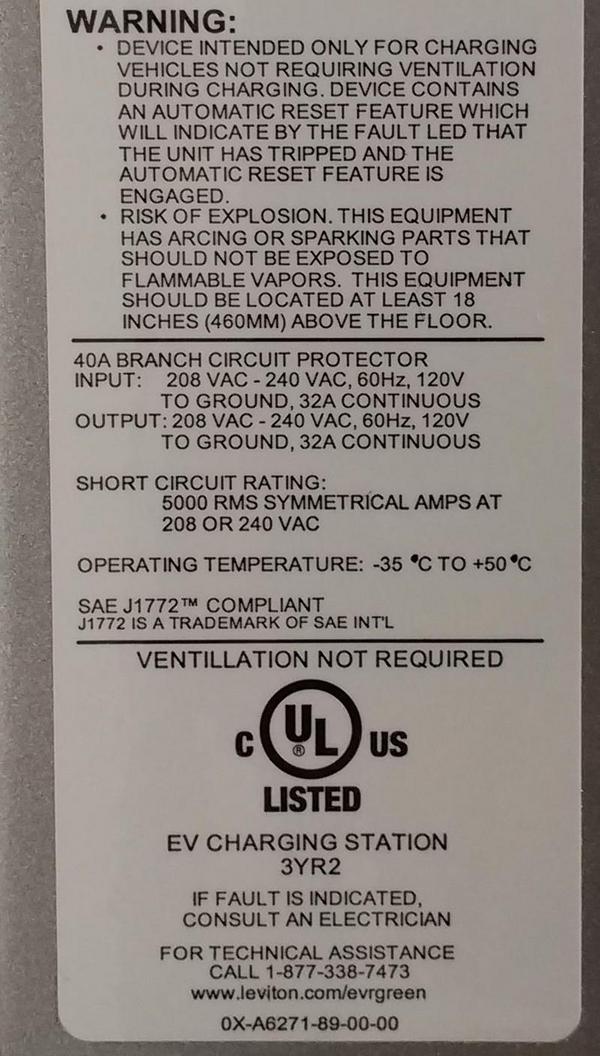SilverLady
Member
- Joined
- May 14, 2017
- Messages
- 8
My electrician has applied for permits to install an outlet and a Level 2 Clipper Creek charger.
The township inspector (NJ) just called and asked me what type of car I am charging. Apparently there is some kind of new code requiring that there be special venting required in a garage unless the car manufacturer states that no venting is required while charging the battery of that specific car. Tesla does specify somewhere that no venting is required. I cannot find this anywhere for the Chevrolet Bolt, or even a reference to it.
Does anyone know where I can get certification from Chevy that venting is not required while charging the Bolt? This would be an expensive deal breaker to have to add to a garage in addition to all the other charger costs. I have the first Bolt in town to request a permit, so I am hoping Chevy jumps on the chance to clear this up.
The township inspector (NJ) just called and asked me what type of car I am charging. Apparently there is some kind of new code requiring that there be special venting required in a garage unless the car manufacturer states that no venting is required while charging the battery of that specific car. Tesla does specify somewhere that no venting is required. I cannot find this anywhere for the Chevrolet Bolt, or even a reference to it.
Does anyone know where I can get certification from Chevy that venting is not required while charging the Bolt? This would be an expensive deal breaker to have to add to a garage in addition to all the other charger costs. I have the first Bolt in town to request a permit, so I am hoping Chevy jumps on the chance to clear this up.















